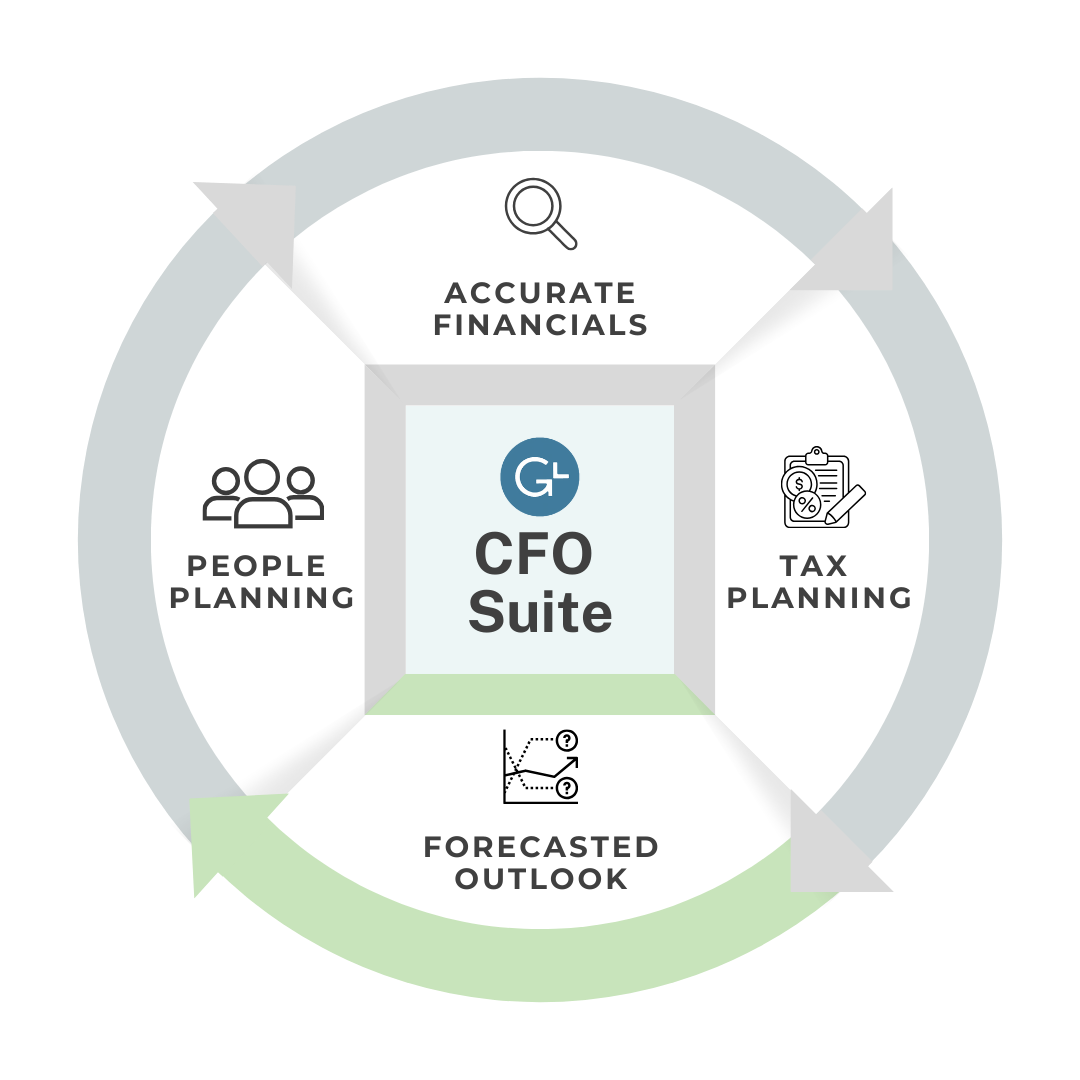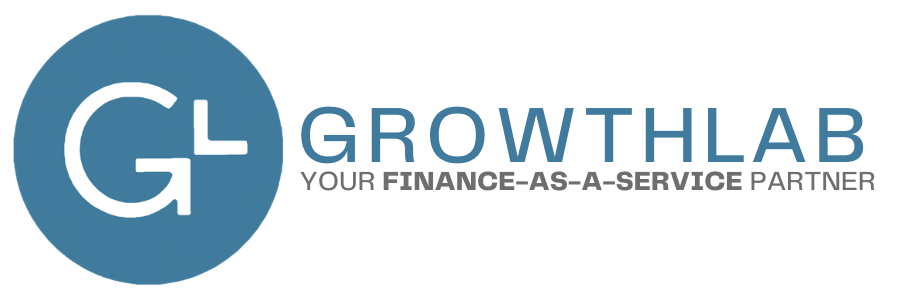5 Things We Learned Doing FP&A for a Viral Skincare Brand
What happens when your product explodes on social media, orders skyrocket overnight, and your team is forced to scale in real time? That’s exactly what we experienced while providing FP&A (Financial Planning & Analysis) support for a skincare brand that went viral.
This wasn’t a slow, steady climb. It was flash growth, driven by influencers, TikTok trends, and major retail interest. And while top-line revenue was soaring, the real challenge was building the financial infrastructure to support sustainable, profitable growth.

1. Cash Flow Management Is the Lifeline Behind the Hype
Going viral feels great, until you realize your inventory orders, vendor payments, and ad spend are outpacing your cash. As orders poured in, we saw firsthand how critical it is to have weekly cash flow forecasts and access to working capital.
What we learned:
- Viral growth often creates a mismatch between sales and actual cash inflow.
- 13-week cash flow models are essential to stay ahead of supplier payments and operating expenses.
- Strong vendor relationships and flexible credit lines can bridge cash gaps while waiting on payouts from marketplaces or retailers.
Cash flow isn’t just an accounting exercise—it’s your ability to keep delivering product while the world is watching.
2. Inventory Planning Can Make or Break You
Our skincare client faced a tough reality: too much inventory drains cash; too little kills momentum. In viral scenarios, inventory decisions must be tightly aligned with demand data and lead times.
What we prioritized:
- FP&A partnered with operations to model inventory levels based on real-time sales data and restock cycles.
- We built dynamic inventory plans using vendor lead times, historical sales velocity, and promotional calendars.
- When demand spikes, you need fast answers to questions like “How much can we sell before we run out?” and “What happens if shipping delays by 2 weeks?”
Financial visibility into inventory turns and cash conversion cycles is a must at this scale.

3. Real-Time Data Is Non-Negotiable
In fast-paced DTC environments, waiting until month-end to review performance just doesn’t cut it. During key moments—like product drops or influencer campaigns—we needed real-time dashboards to guide decisions on spend, pricing, and fulfillment.
Key metrics we tracked:
- Contribution margin by SKU
- ROAS (Return on Ad Spend)
- Daily inventory velocity
- Fulfillment cost trends
We helped build systems where marketing, ops, and finance could act fast—because a delayed decision in a viral moment is a missed opportunity.
Agility requires data. Your dashboards should move as fast as your customers.
4. Marketing Spend Must Be Anchored to Unit Economics
The brand was pouring money into TikTok, Meta, influencer campaigns and it was working. But not all growth is good growth if it doesn’t support the bottom line. We helped dissect every marketing dollar to ensure long-term profitability.
What we emphasized:
- Measuring true CAC (Customer Acquisition Cost), not just blended averages.
- Forecasting LTV (Lifetime Value) by cohort and channel.
- Aligning spend to contribution margin—not just top-line sales lifts.
Growth without a unit economics lens can lead to expensive customer churn and cash burn.

5. Scenario Planning Was Our Insurance Policy
When you’re managing a fast-scaling brand, you can’t afford to be reactive. We built scenario models to help leadership navigate questions like:
- What happens if a major influencer campaign underperforms?
- What if a new 3PL can’t meet our volume expectations?
- How much inventory can we afford to front-load?
We created best-case, base-case, and worst-case forecasts that allowed the team to stay calm, focused, and prepared—even when TikTok took things to the next level (again).
You can’t control the algorithm, but you can control your response with thoughtful modeling—like
indirect cash flow forecasting.
FP&A is the Backbone of Sustainable Growth
Going viral is exciting. Staying profitable is strategic. For this skincare brand, the difference-maker was having a finance function that didn’t just report on the past but helped shape the future.
Excellent Experience with GrowthLab and Controller Robin Brown
We’ve been working with Robin Brown, Controller at GrowthLab, for Clean Skin LLC, and we couldn’t be happier with her services. Robin is one of the best controllers I’ve ever worked with — highly organized, detail-oriented, and a great problem solver. Every report she prepares is clear, accurate, and fully supported, which shows her strong accounting expertise.
She’s also a thoughtful mentor and an outstanding leader. Together with her amazing team — Angie Lawler and Kata Strong — she’s made a huge positive difference in our company’s financial operations.
I highly recommend Robin Brown and the GrowthLab team to any business looking for dependable and professional financial management support.
— Vera Silarova, Clean Skin LLC






